- Home
- Articles
- Architectural Portfolio
- Architectral Presentation
- Inspirational Stories
- Architecture News
- Visualization
- BIM Industry
- Facade Design
- Parametric Design
- Career
- Landscape Architecture
- Construction
- Artificial Intelligence
- Sketching
- Design Softwares
- Diagrams
- Writing
- Architectural Tips
- Sustainability
- Courses
- Concept
- Technology
- History & Heritage
- Future of Architecture
- Guides & How-To
- Art & Culture
- Projects
- Interior Design
- Competitions
- Jobs
- Store
- Tools
- More
- Home
- Articles
- Architectural Portfolio
- Architectral Presentation
- Inspirational Stories
- Architecture News
- Visualization
- BIM Industry
- Facade Design
- Parametric Design
- Career
- Landscape Architecture
- Construction
- Artificial Intelligence
- Sketching
- Design Softwares
- Diagrams
- Writing
- Architectural Tips
- Sustainability
- Courses
- Concept
- Technology
- History & Heritage
- Future of Architecture
- Guides & How-To
- Art & Culture
- Projects
- Interior Design
- Competitions
- Jobs
- Store
- Tools
- More
Why Walkable Cities Make Us Happier: Science, Design, and Daily Joy
Walkable cities make us happier: less stress, built-in exercise, stronger community. Explore research, examples, and steps to make your neighborhood walkable.

If we’ve ever felt our shoulders drop the moment we step onto a lively sidewalk, we already know the thesis: walkable cities make us happier. The question is why. When streets are designed for people, not just cars, we get easier routines, richer social lives, and healthier bodies almost by accident. In this text, we unpack why walkable cities make us happier and how we can bring more of that everyday joy to where we live.
Table of Contents
ToggleWhat We Mean By “Walkable”—And Why It Matters
Walkability isn’t just sidewalks. It’s short distances to daily needs, safe crossings, inviting storefronts, shade, benches, and reasons to linger. A walkable area strings together homes, shops, schools, parks, and transit stops so our errands and social moments connect like beads on a necklace.
Why it matters: when essentials are nearby, we replace stressful car trips with relaxed walks. We discover small delights, street trees in bloom, a neighbor’s dog, the smell of fresh tortillas. Our days feel less like logistics and more like living. That’s the core of why walkable cities make us happier: they turn routine movement into micro-pleasure, connection, and control over our time.

How Walking Boosts Mental And Physical Well-Being
Lower Stress And Anxiety
Walking lowers cortisol and calms the nervous system. A 2023 review in The Lancet Public Health linked higher neighborhood walkability with reduced depression symptoms. Even 10–15 minutes between meetings can reset our mood, especially on tree-lined streets with low traffic noise.
Everyday Physical Activity Without A “Workout”
The CDC and WHO recommend 150 minutes of moderate activity weekly. In walkable areas, we rack that up by living, school runs, grocery trips, meeting friends, without carving out gym time. Step counts rise, blood pressure drops, and our sleep improves because movement is baked into the day.
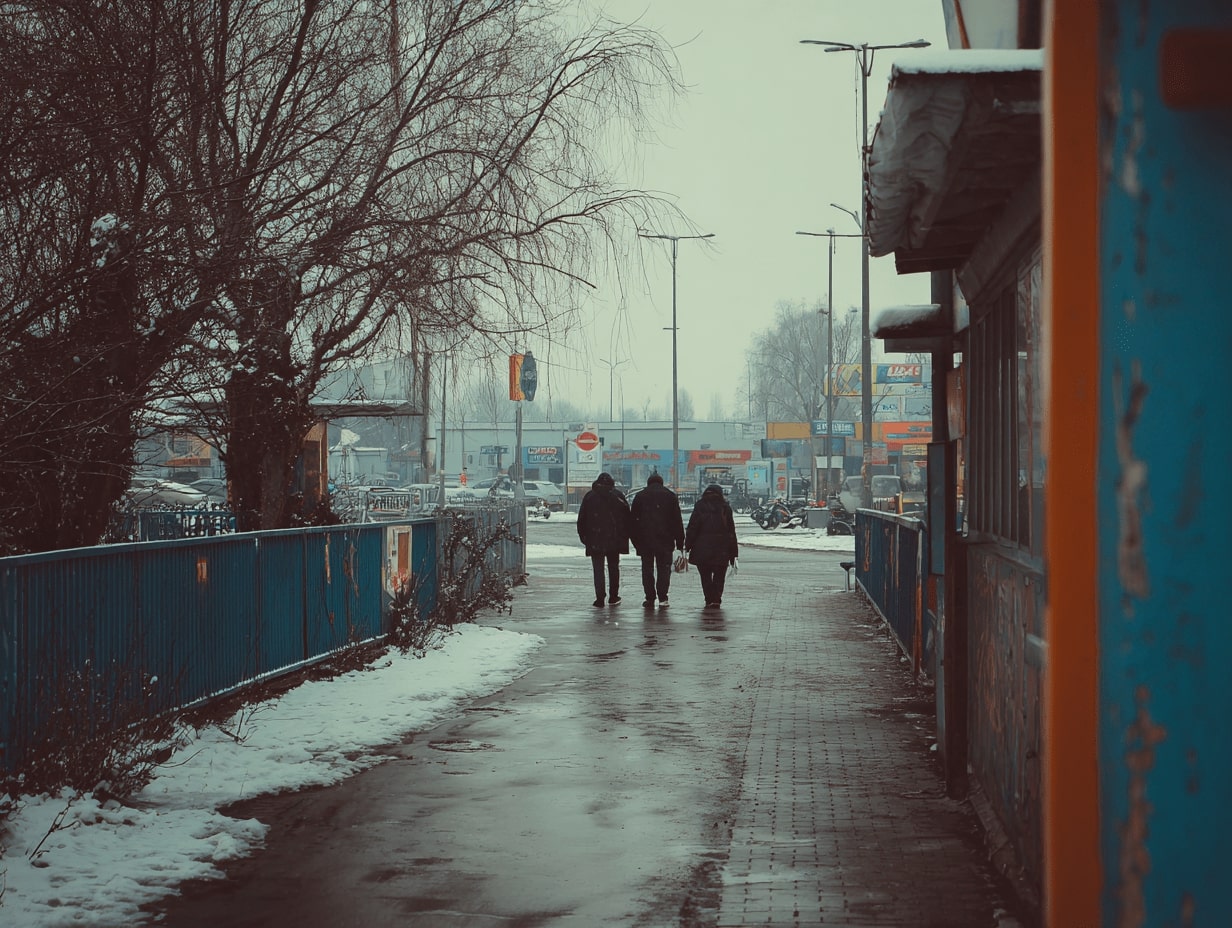
Nature Exposure And Sensory Variety
Greenery isn’t decoration: it’s medicine. Street trees, planters, and pocket parks increase shade and reduce urban heat, while biophilic cues (birds, leaves, water) reduce mental fatigue. Varied storefronts, murals, and human-scale details keep our brains engaged without overwhelming us.
Proof In Practice: Research And City Examples
- Copenhagen’s pedestrian-priority streets correlate with higher reported life satisfaction and more time spent outdoors.
- Tokyo’s fine-grained blocks and rail-oriented neighborhoods deliver sky-high walking rates and low obesity.
- Medellín’s escalators, cable cars, and improved pathways connected hillside communities to opportunity, mobility that improves mood and futures.
The throughline: when walking is simple and pleasant, people do it, and they feel better.
Social Connection And A Sense Of Belonging
Casual Encounters And Stronger Ties
When we’re on foot, we make eye contact, wave at shopkeepers, and notice the poster for Thursday’s concert. These small “weak ties” build social capital. Research from sociologists like Eric Klinenberg shows that social infrastructure, places that host casual interactions, boosts resilience and community trust.
Public Spaces That Invite Lingering
Benches, stoops, plazas, and corner cafes are not amenities: they’re the stage for local life. If we can sit comfortably, hear each other talk, and watch the world go by, we stay. And when we stay, we meet people. That’s happiness, generated in public.

Safety Perception And Trust
More people walking means more “eyes on the street.” Good lighting, clear sightlines, and active ground floors create a feedback loop: foot traffic increases safety perception, which invites more foot traffic. Trust grows block by block.
Design Choices That Turn Streets Into Places
Short Blocks And Mixed Uses
Shorter blocks mean more corners, more routes, and more storefronts. Mix in homes, small offices, groceries, schools, and parks within a 5–15 minute walk, and we’ve built convenience into the street grid.
Safe, Comfortable Walking Conditions
Continuous sidewalks, frequent crossings, curb extensions, raised crosswalks, and slower speeds (20–25 mph) cut injuries and stress. Add traffic-calming, narrow lanes, speed humps, daylighted corners, and walking becomes the default choice.

Greenery, Shade, And Beauty
Street trees, awnings, and arcades lower temperatures and invite strolling in summer. Planters, public art, and well-kept facades add delight. Beauty isn’t fluff: it signals care, which encourages us to care back.
Transit, Bikes, And The 15-Minute City
Great walking pairs with reliable transit and safe bike lanes. The “15-minute city” idea, daily needs reachable within a short walk or ride, doesn’t ban cars: it gives us options. Options reduce stress and make rainy days or tired days manageable.
Equity, Inclusion, And Affordability
Accessibility For All Ages And Abilities
Curb ramps, tactile paving, audible signals, smooth surfaces, gentle grades, places to rest, and wide sidewalks make the city work for parents with strollers, older adults, and people with disabilities. If it’s not accessible, it’s not walkable.
Preventing Displacement As Areas Improve
Walkability can raise demand, and prices. We can pair upgrades with tenant protections, inclusionary housing, land trusts, and commercial rent stabilization for legacy businesses. The goal is happier neighborhoods without pushing out the people who made them vibrant.
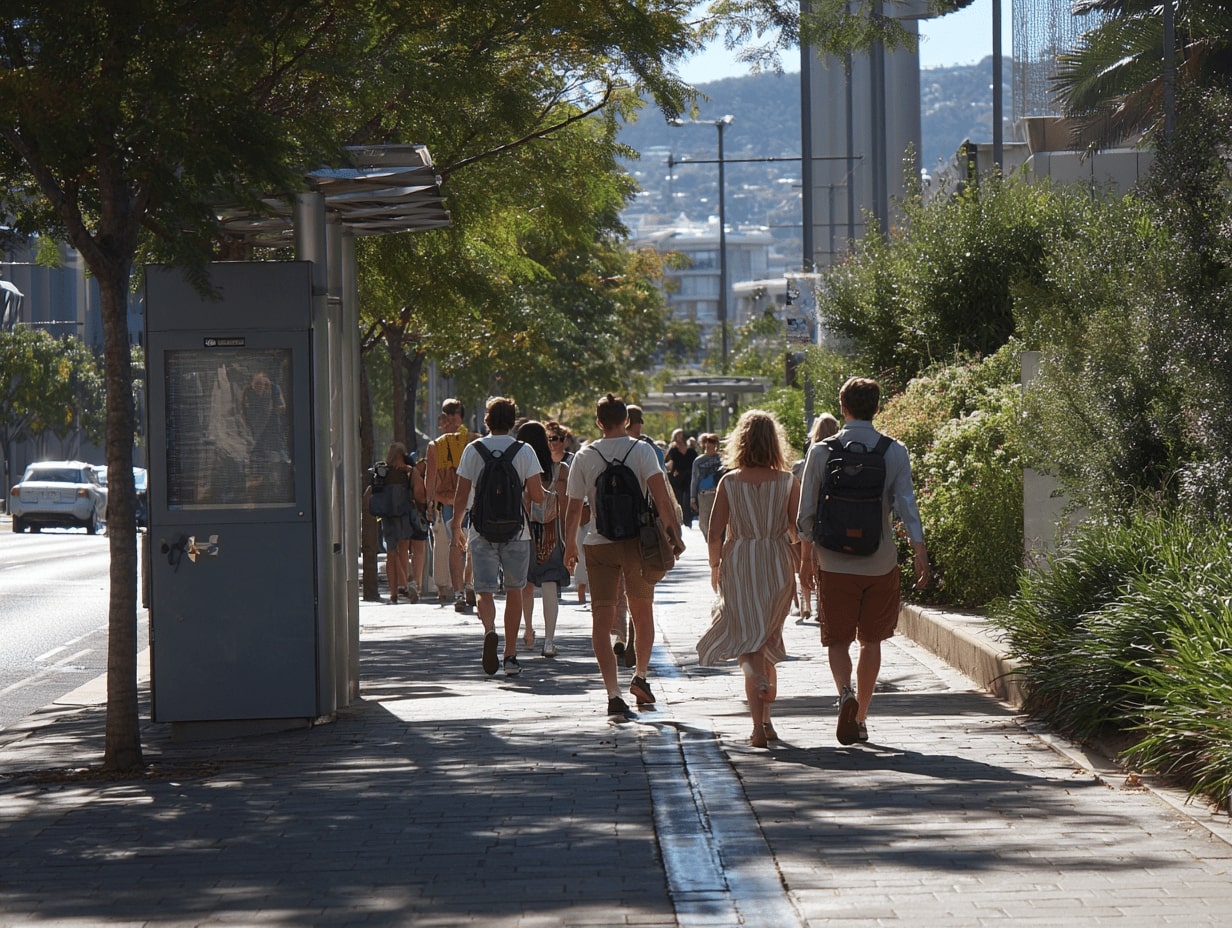
Designing For Safety After Dark
Good lighting, active ground floors late into the evening, and safe transit connections keep walking viable at night. Maintain sightlines, trim shrubs near paths, and fix broken lights quickly. Perception matters as much as crime statistics.
How To Make Your City More Walkable (And Your Life Too)
Actions For Residents
- Map a “daily needs loop” within 15 minutes of home: shift two weekly errands to walking.
- Join or start a neighborhood coalition to request safer crossings or trees.
- Support local shops and cafes that keep street life active.

Moves For Local Leaders And Planners
- Lower default speed limits and redesign for compliance.
- Fill sidewalk gaps, add high-visibility crosswalks, and daylight intersections.
- Update zoning to allow corner stores, missing-middle housing, and accessory units near transit.
- Prioritize shade trees and bus shelters on hot corridors.
Quick Wins For Businesses And Schools
- Set out seating, planters, and bike racks: offer water refills.
- Stagger school dismissals and create walking school buses.
- Validate transit passes or offer incentives for walking.
Measuring Progress With Simple Metrics
Track the share of trips made on foot, pedestrian injuries, shade coverage, sidewalk completeness, and the number of homes within a 10–15 minute walk of groceries, parks, and transit. If these trend up, and complaints about speeding trend down, we’re on the right path.
Conclusion
Why walkable cities make us happier isn’t mysterious: they return time to us, turn errands into experiences, and stitch us into a community. When we can safely and pleasantly reach most of what we need on foot, health improves, stress fades, and our days feel richer. The best part? We don’t have to wait for a moonshot. A few crossings, a few trees, a few benches, and the sidewalk begins to smile back.
- benefits of walkability
- designing walkable cities
- economic benefits of walkability
- environmental impact of walkable cities
- happiness in urban areas
- health benefits of walking cities
- joy of walkable cities
- living in walkable neighborhoods
- pedestrian-friendly cities
- science of walkability
- social benefits of walkable cities
- urban design and happiness
- urban mobility solutions
- urban planning for happiness
- walkability and mental health
- walkability index
- walkable cities and quality of life
- walkable cities benefits
- walkable city design
Submit your architectural projects
Follow these steps for submission your project. Submission FormLatest Posts
How DeepSeek AI Is Transforming Architecture and Urban Design Workflows
DeepSeek AI represents a new generation of architectural intelligence, shifting artificial intelligence...
Copenhagen Named the Happiest City in the World in 2025
Copenhagen has been named the happiest city in the world in 2025...
Frank Gehry’s Transformative Ideas in Urban Design
Frank Gehry’s influence extends far beyond expressive architecture; his ideas have reshaped...
Architecture as Infrastructure: Designing Beyond Buildings
Architecture as infrastructure reframes cities as systems—flows, lifecycles, and value. Explore resilient...


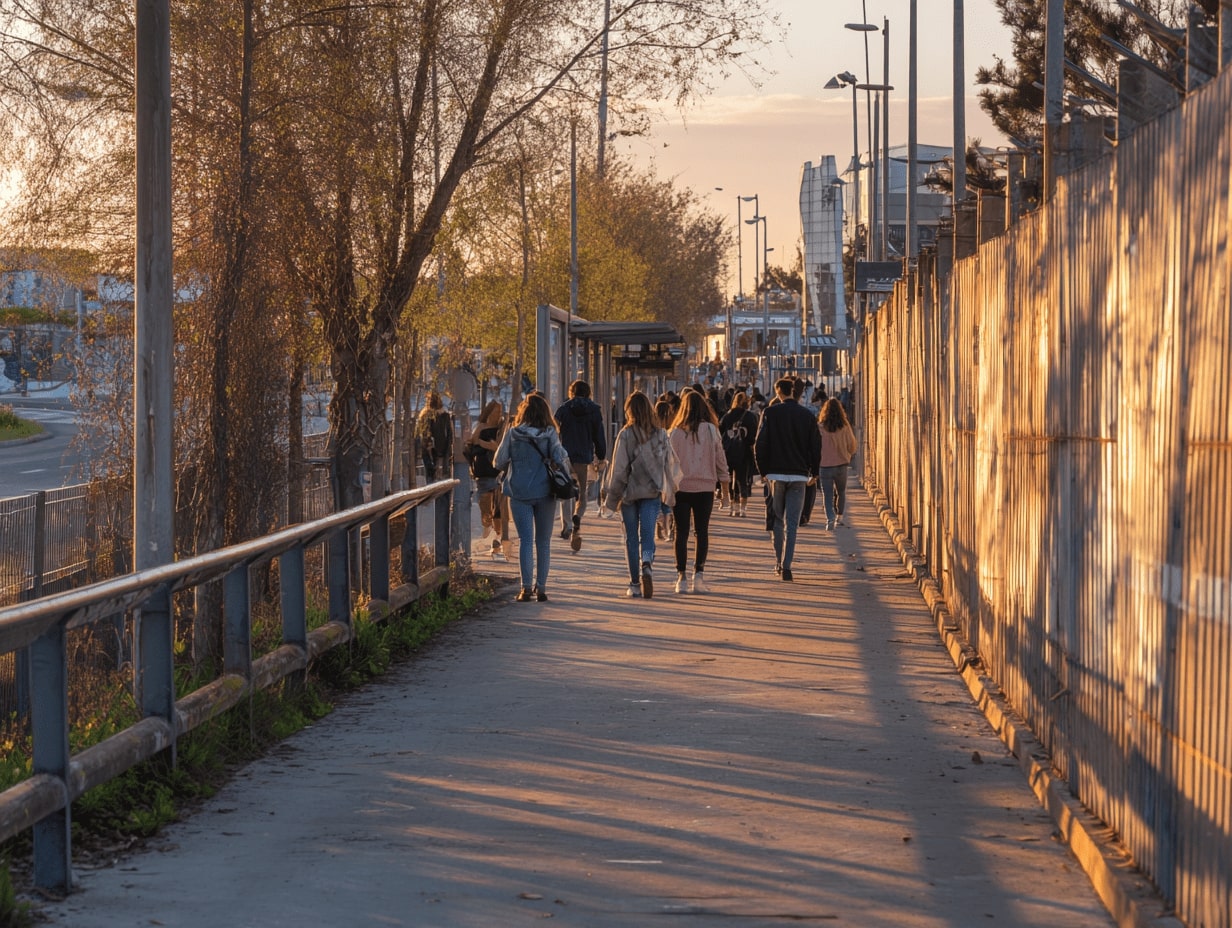



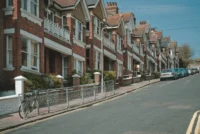
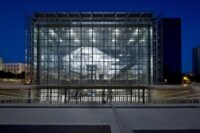




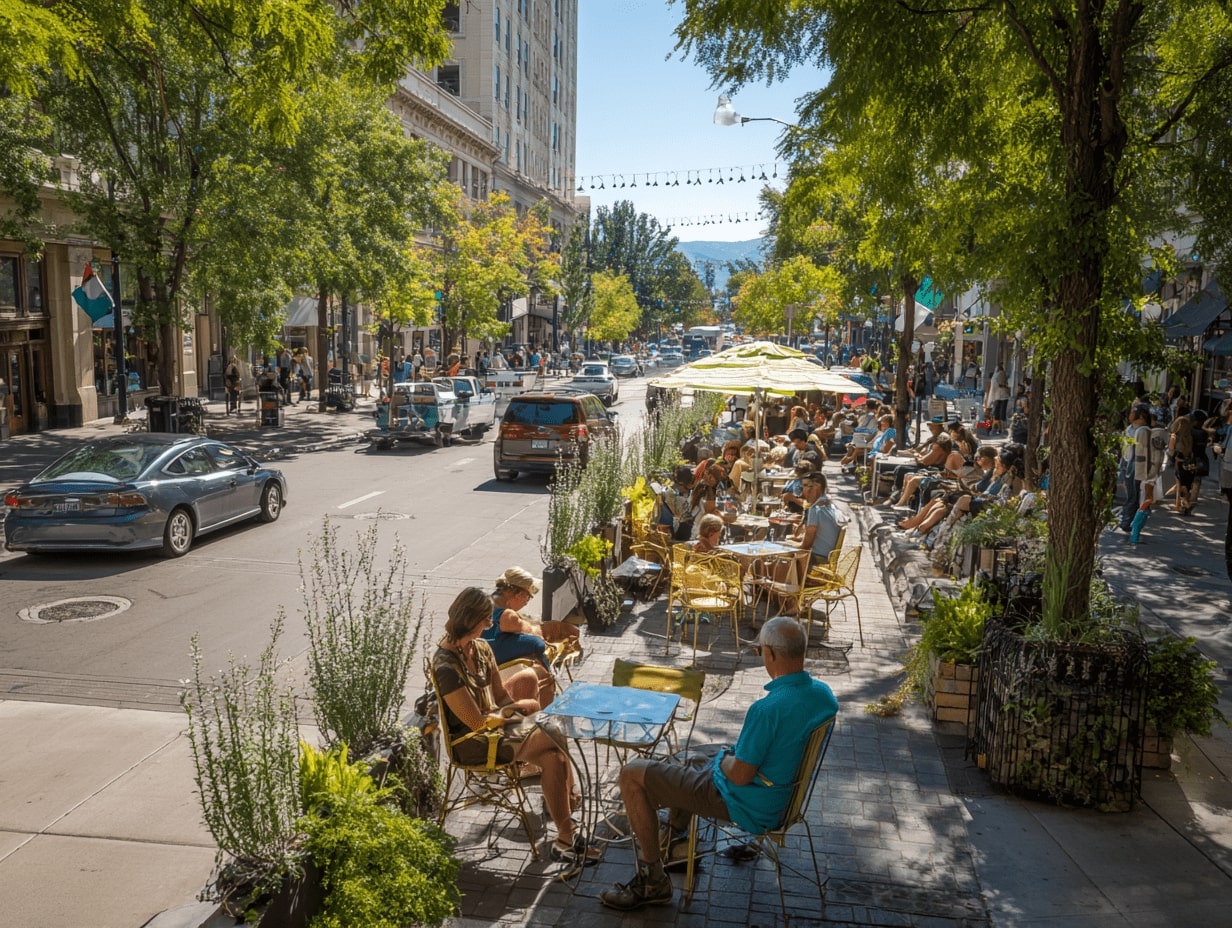
Leave a comment